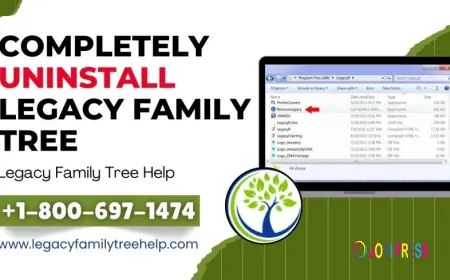Top 10 Common Mistakes to Avoid During GST Registration

GST registration is a crucial step for any business operating in India. Whether you're a startup, a small business, or a freelancer crossing the turnover threshold, registering under the Goods and Services Tax (GST) regime is not just a legal requirement—it also opens the door to several benefits such as input tax credits, legal recognition, and better compliance. However, many applicants make avoidable errors during the process, which can lead to delays, rejections, or penalties.
Here are the top 10 common mistakes you should avoid during GST registration to ensure a smooth and hassle-free experience.
1. Providing Incorrect Business Details
One of the most frequent errors is entering incorrect or inconsistent business information, such as the business name, address, or PAN number. Make sure the details you provide match the ones on official documents, like your PAN card or utility bills, to avoid unnecessary delays in verification.
2. Choosing the Wrong Type of Registration
There are different types of GST registration, including regular, composition, and casual taxable person. Choosing the wrong type can result in compliance issues later. Understand your business model and turnover to determine which category applies to you.
3. Uploading Invalid or Blurred Documents
Poor-quality scans or incorrect documents are a major reason for rejections. Ensure that all documents, such as proof of business address, PAN card, and identity proof, are clear, legible, and valid. Cross-check if the file formats and sizes comply with the portal’s requirements.
4. Mismatched PAN and Business Name
The name on your PAN card must exactly match the name you use for your GST application. A mismatch, even a small one, can cause your application to be rejected.
5. Incorrect Business Address or Utility Bill
Your principal place of business must be verifiable with proper documentation. Submitting an old or unrelated utility bill, or using a residential address without a No Objection Certificate (NOC) from the owner, may result in rejection.
6. Failure to Add All Relevant Business Activities
When completing your GST registration, you must specify all the business activities your company is involved in. Forgetting to add secondary activities can cause issues with compliance or audits later on.
7. Not Adding Additional Places of Business
If your business operates in more than one location, all additional branches or warehouses must be declared during registration. Failing to do so could lead to legal complications or denial of input tax credits.
8. Incorrect Bank Account Details
Many applicants make the mistake of entering wrong or outdated bank account information. Ensure that the account belongs to the registered business and matches the name on your application. Providing a canceled cheque or bank statement is usually required.
9. Skipping Digital Signature (DSC) or EVC Errors
Depending on the type of entity, GST registration must be verified either through a Digital Signature Certificate (DSC) or Electronic Verification Code (EVC). Mistakes during this step can delay the approval process.
10. Ignoring Application Status
After submission, many applicants forget to track their application. Keeping an eye on your status ensures that you can respond promptly if the GST officer requests clarification or additional documents.
Conclusion
Avoiding these common mistakes can save you time, effort, and stress during GST registration. Taking a little extra care to ensure accuracy in your application will help you avoid rejections and legal troubles. Whether you’re applying yourself or through a professional, it’s essential to understand the process and ensure all requirements are met. If you're unsure, seeking expert help can make your GST registration journey smooth and successful.
What's Your Reaction?
 Like
0
Like
0
 Dislike
0
Dislike
0
 Love
0
Love
0
 Funny
0
Funny
0
 Angry
0
Angry
0
 Sad
0
Sad
0
 Wow
0
Wow
0

















































